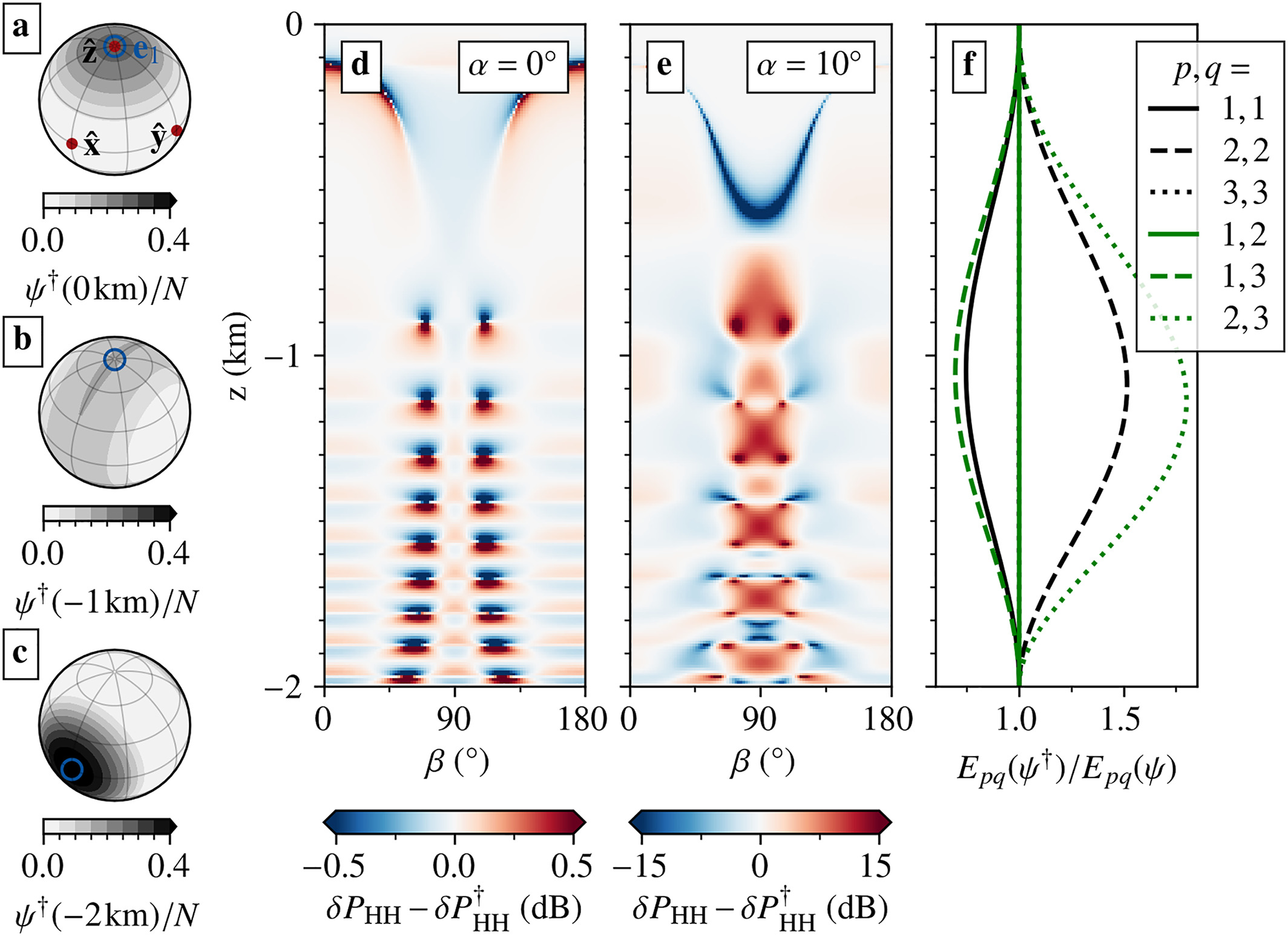The orientation of ice-crystal grains in glacier ice locally co-evolve with and can enhance the flow of ice. Inferring the grain orientation structure inside glaciers and ice-sheets is therefore essential for improving the accuracy and realism of ice-flow models, with implications for reducing the uncertainty of future sea-level rise projections. In this work, we introduce a new radio-wave model and use it to investigate the extent to which radar surveys over glaciers and ice sheets can reveal the orientation information necessary to improve such ice-flow models. We show that conventional polarimetric radar surveys, where transmitted radio waves are typically incident perpendicular to the surface, might be poorly suited for the task; a configuration that is effectively blind to a specific but important component of the grain orientation structure. We find, however, that radio waves transmitted at an oblique angle to the surface might instead overcome this crucial limitation and allow the sought-after grain orientation information to be inferred.
Abstract.
We introduce a transfer matrix model for radio-wave propagation through layered anisotropic ice that permits an arbitrary dielectric permittivity tensor in each layer. The model is used to investigate how crystal orientation fabrics without a vertical principal direction affect polarimetric radar returns over glaciers and ice sheets. By expanding the c-axis orientation distribution in terms of a spherical harmonic series, we find that radar returns from synthetic fabric profiles are relatively insensitive to the harmonic mode responsible for a nonvertical principal direction; however, only for normally incident waves. Consequently, the strength of this mode might be relatively difficult to infer in glaciers and ice sheets, which in turn has implications for the ability to determine the full second-order structure tensor, needed to infer the local flow regime, flow history, or to represent the directional viscosity structure of glacier ice for ice-flow modeling.
